2 February 2018
Landslides in the Maipo Valley, Chile
Posted by Dave Petley
Landslides in the Maipo Valley, Chile
Last month I was in Chile working with colleagues from the Universidad de Chile and Universidad O’Higgins on our Newton-Picarte Fund project looking at seismically-triggered landslides in the vicinity of Santiago. We were lucky enough to spend a couple of days in the Maipo Valley in the Andes, which is home to the most extraordinary collection of very large landslides. The image below shows a Google Earth view of the area. As the image shows, this is a region of fascinating but complex geology, high relief and, of course, a variety of landslide types.
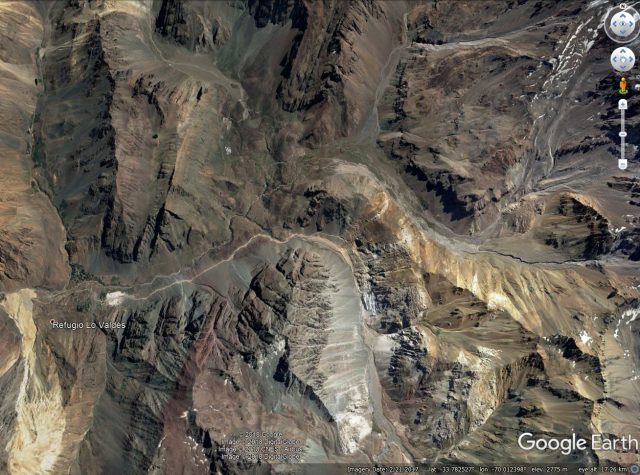
Google Earth image of the upper part of the Maipo Valley
.
In the southwest corner of the image above a large landslide can be seen. This is a very active earthflow that is the result of mobilisation of an area of intensively hydrothermally-altered rocks. The upshot is a very spectacular, very active flow:-
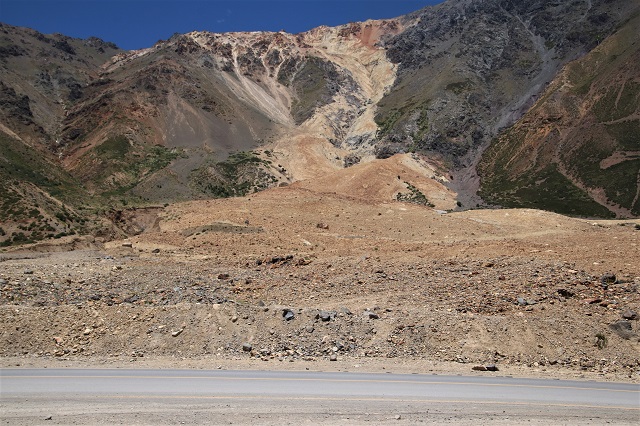
A large earthflow in hydrothermally-altered rocks in Chile
.
However, most of the landslides in this valley are rockslope failures. As the image below shows this is a landscape that is dominated by landslide processes:-
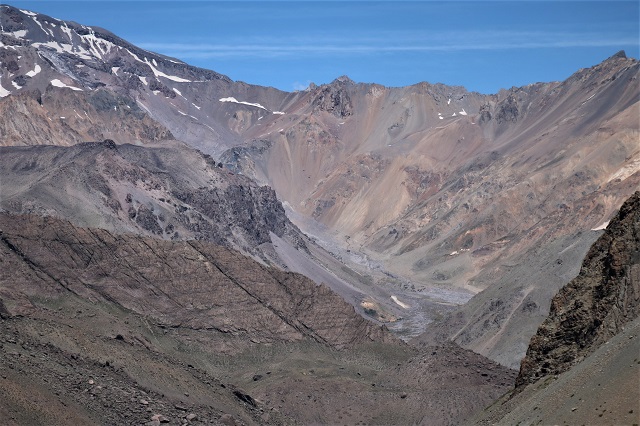
A landscape dominated by landslide processes in the Maipo Valley.
.
In many areas the landslides are controlled by structural weaknesses in the bedrock. The area shown below is one of the best examples that I have ever seen. The massif in the background has a series of planar surfaces that mark previous rockslide events. Note the dispirate orientations and slope angles. This is a beautiful example of the ways in which local planes of weakness can dominate slope behaviour. These are hoever very large in scale ( hundreds of metres in length and width.
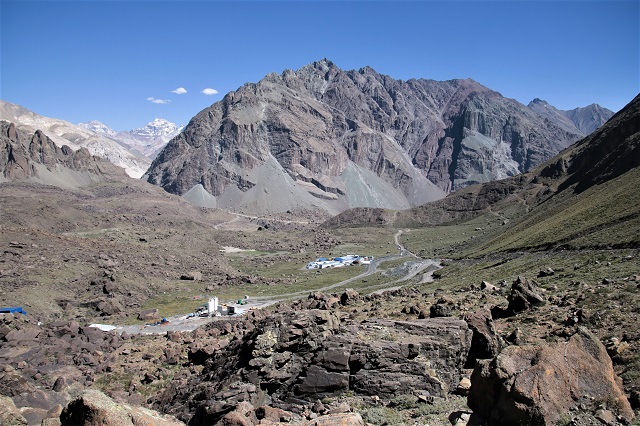
Multiple failure planes in bedrock massifs.
.
The image below shows two of these surfaces, which have generated a very large translational rockslide. Analysis suggests that it is likely that this rockslide was triggered by an earthquake:-
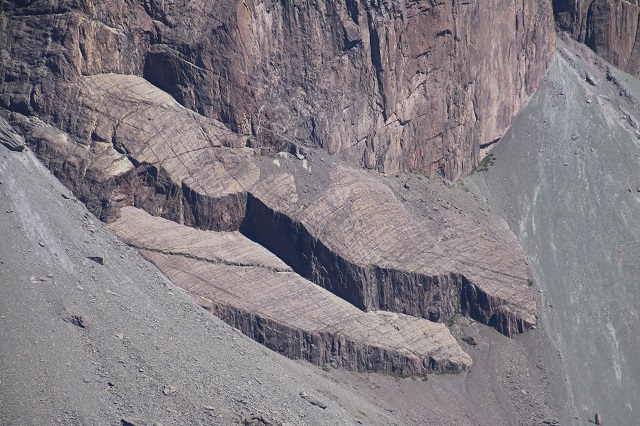
Planar failure surfaces in the Maipo Valley, Chile.
.
As a result there are numerous rockslide deposits in the valley, such as the one shown below, providing evidence of past catastrophic rock avalanches:-

Large rockslide deposits in the Maipo Valley – note the cars for scale.
.
In places the boulders that form the deposits are vast. This is one such deposit – note the people in the bottom left of the image for scale.
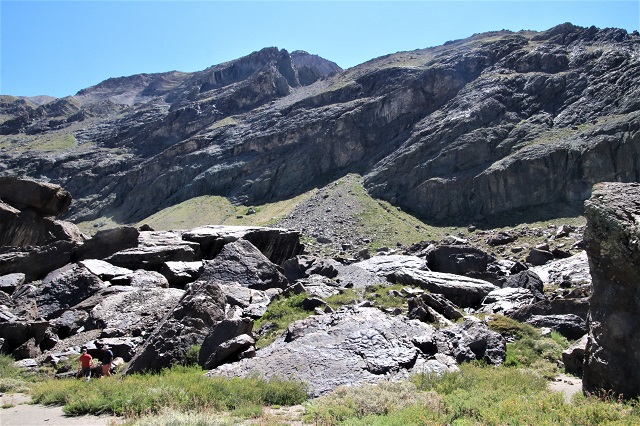
Large rock slide deposits in the Maipo Valley.
Acknowledgement
This project was funded by NERC via the Newton-Picarte Fund. Grant: NE/N000315/2: Seismically-induced landslides in Chile: New tools for hazard assessment and disaster prevention. I appreciate their help and support.


 Dave Petley is the Vice-Chancellor of the University of Hull in the United Kingdom. His blog provides commentary and analysis of landslide events occurring worldwide, including the landslides themselves, latest research, and conferences and meetings.
Dave Petley is the Vice-Chancellor of the University of Hull in the United Kingdom. His blog provides commentary and analysis of landslide events occurring worldwide, including the landslides themselves, latest research, and conferences and meetings.
Thank you for the pictures!
Is the stepped planar rockslide the one analyzed in the paper: “Sepúlveda, S.A., Fuentes, J.P., Oppikofer, T., Hermanns, R.L., Moreiras, S.M., 2012. Analysis of a large-scale, stepped planar failure in the Central Andes uplands, Chile, using roughness profiles from terrestrial scanning. In: Eberhardt, E., Froese, C., Turner, A.K., Leroueil, S.(eds.), Landslides and Engineered Slopes: Protecting Society through Improved Understanding. Taylor & Francis Group, London. Vol. 2, pp.1243-1247.”?
They look very similar.
[Yes it is indeed that one. D.]
Great pictures and explanations Dave
Excelente.
Excelente.